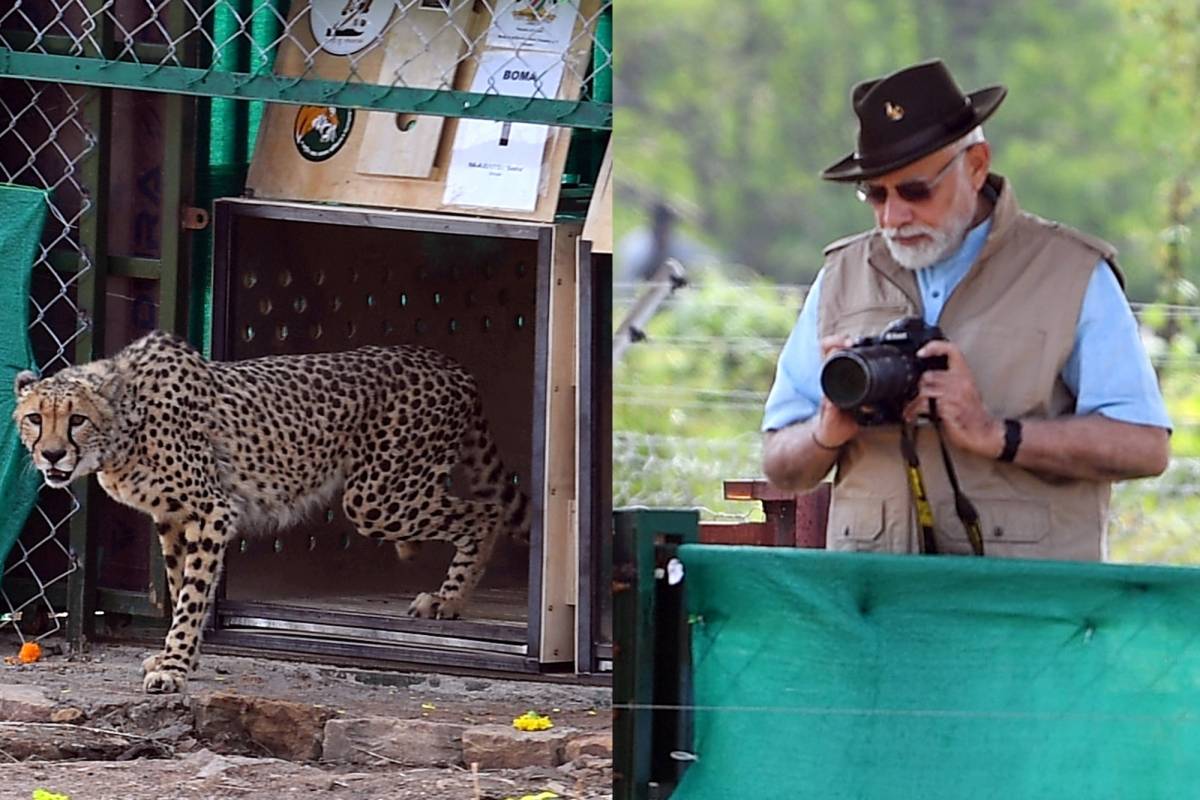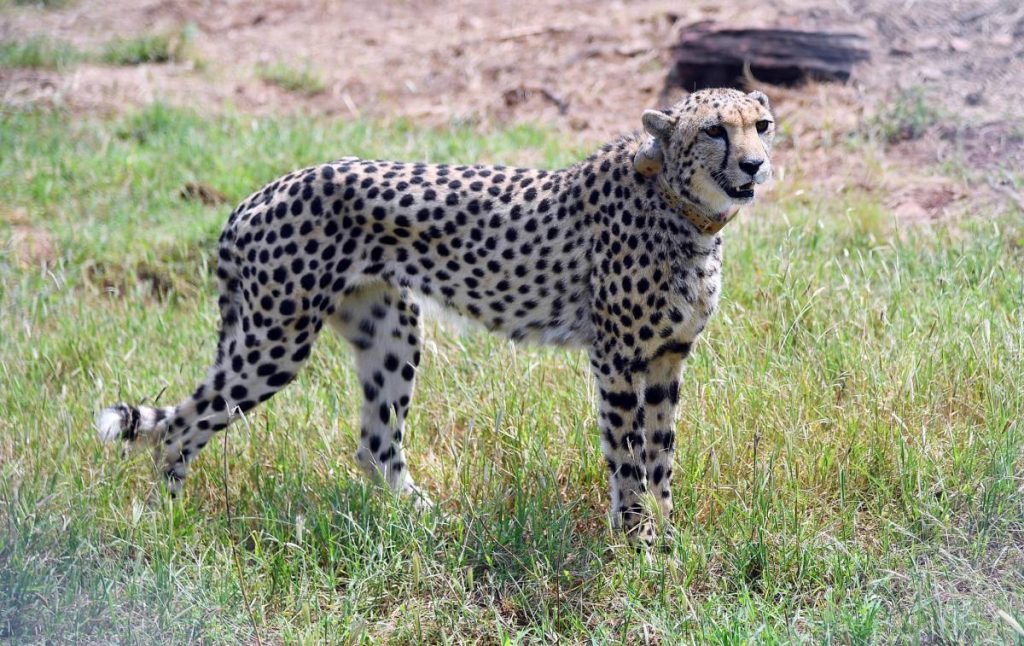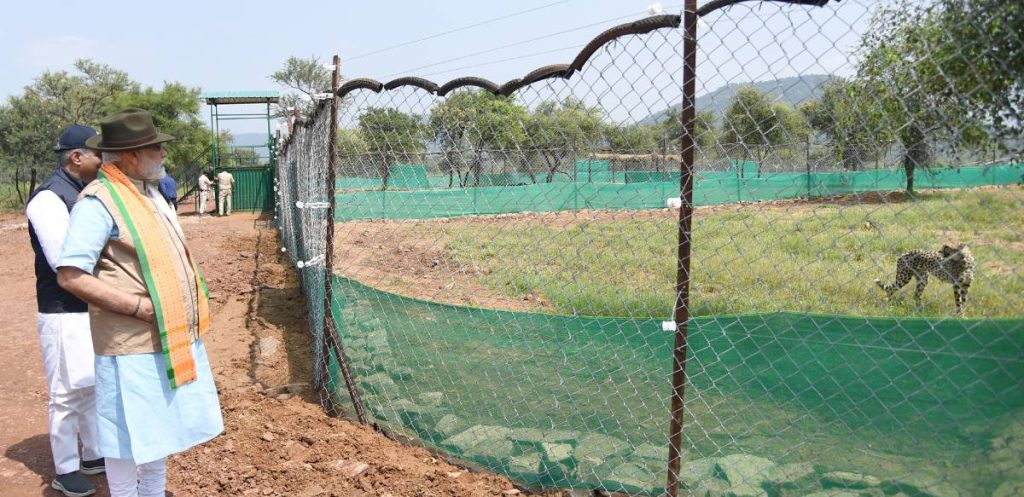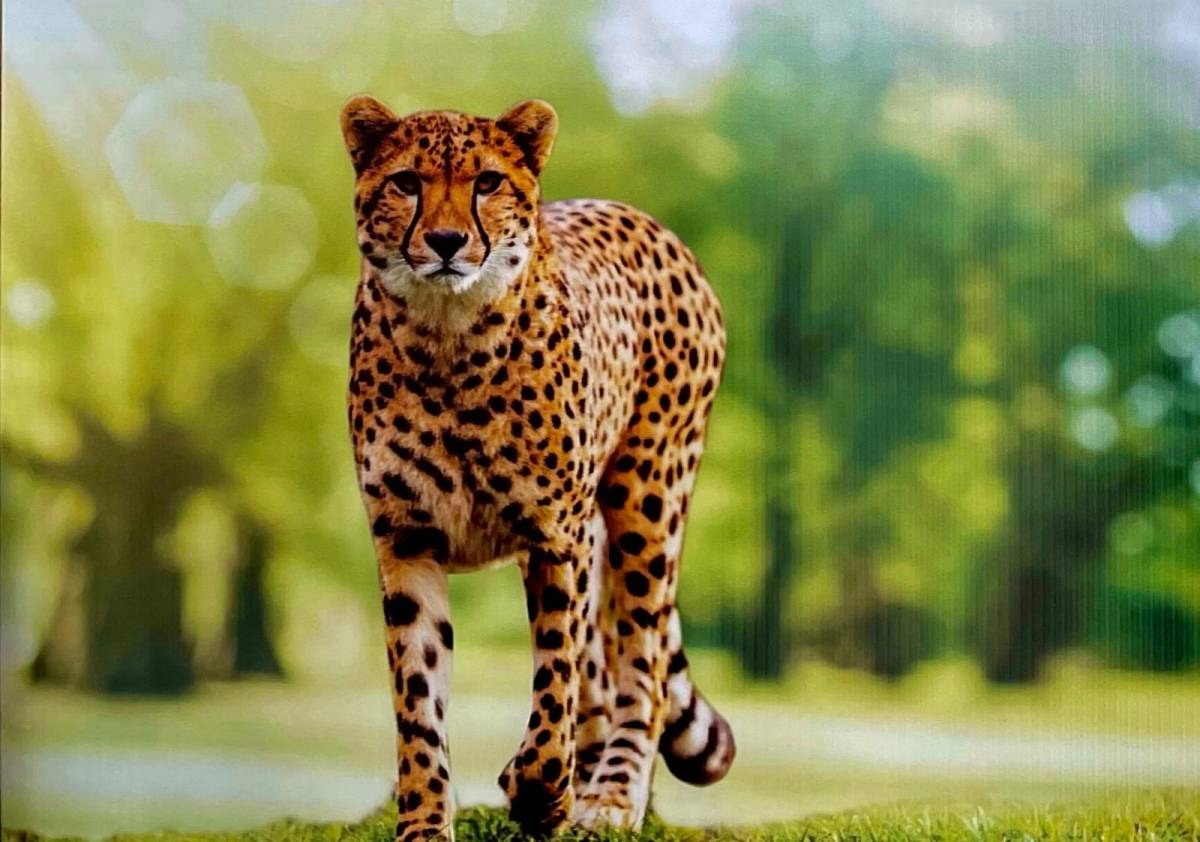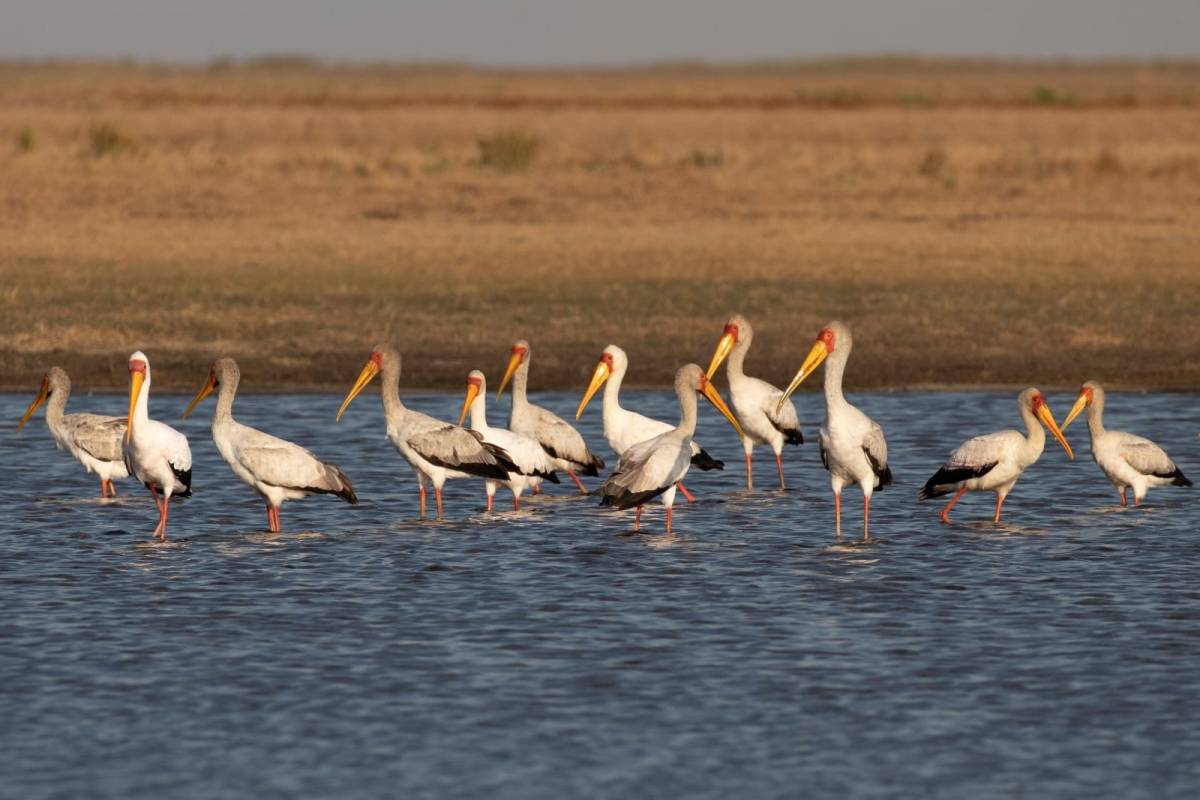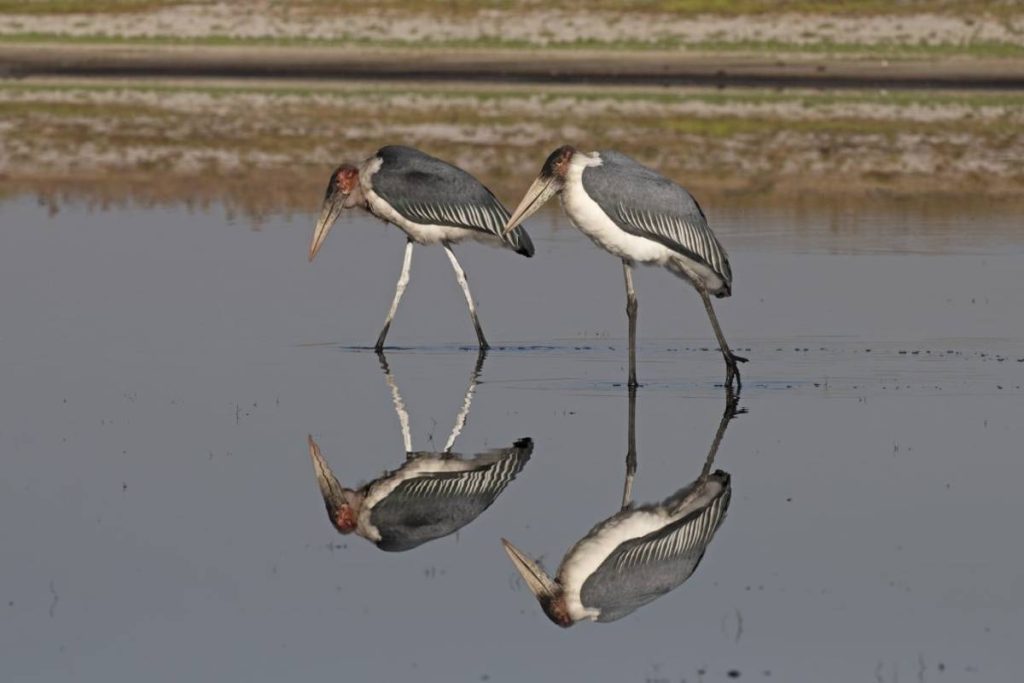Usha Rani, an anganwadi worker in Sadhhi Nayapally village, says their centres play a crucial role in blackbuck conservation in Ganjam…reports Asian Lite News
“We heard of a time when the village was hit by a drought for three years. People hardly had any food. And as they starved, wild animals migrated from the forest to the village. Among them were the blackbuck, which had arrived in Bhetanai for the first time,” narrates Suresh Maharana, an elderly resident of the village.
The very next year, Maharana adds, it rained in Bhetanai, and everything returned to normal.
“Since then, people have believed that these animals are lucky for the village. So we never stop blackbuck from eating our crops,” he says, describing the close bond their ancestors share with the blackbucks.
Maharana then goes on to share another folklore: “Since Lord Ram chased a deer and lost Sita, it’s believed that bad luck will fall upon anyone who harms the blackbuck.”
True or not, this relationship with the endangered animal, steeped in lore and tradition, has pinned rural Odisha on the map.
In Bhetanai, around 50 km from Berhampur, blackbucks — the herbivores that need large grazing land — get a free pass to roam on the farmlands of the villagers and despite the crop loss, villagers believe that the Indian antelopes are the reason for their wealth and happiness.
Over the last decade, locals in Ganjam have been involved in this conservation, so much so that their work has drawn the eyes of several parties. Not only has there been an increase in the number of blackbuck in the district, tourists, too, have flocked to the region to catch a glimpse of the animal, giving it a unique identity.
The local conservation story
Nearly 90 per cent of Bhetanai’s residents say they have lost crops to blackbuck, but they hardly have any complaints. The reason being, new employment opportunities — something they desperately needed as agriculture couldn’t be relied upon as a primary livelihood means. As informed by Pratyush Mahapatra, a scientist at Zoological Survey of India, a 2010 report by the department on blackbuck stated that around 25 per cent of the fields in Bhetanai were barren.
The villagers here have set an example for public participation in wildlife protection, with every villager acting as a guardian. It is because of these community efforts, that Bhetanai is moving past the agri-sector and looking at tourism as a dependable alternate livelihood. One such ‘guardian’ is 52-year-old Kailash Chandra Maharana, who says villagers spend time rescuing and rearing the blackbuck despite adversities.
Furthermore, members of various women-led self-help groups (SHG) and anganwadi workers in Bhetanai are also involved in the process. Incidentally, it is the women of these SHGs who collect data on blackbuck, their movement, changing food habits etc. A Vana Surakhya Samiti was also set up to protect the species with the help of the Odisha government’s forest department.
Usha Rani, an anganwadi worker in Sadhhi Nayapally village, says their centres play a crucial role in blackbuck conservation in Ganjam.
“In our village, around seven SHGs dedicate themselves to the conservation of blackbuck.”
Bishnu Majhi, who has been involved in conservation work for the past 20 years, says women of the SHGs have been distributing leaflets to improve public awareness on blackbucks. In addition, several paintings adorn the walls of government schools to create awareness among children.
Furthermore, Dilip Kumar Rout, the Ghumsura divisional forest officer, says: “Just like the Bishnois of western Rajasthan and the Vala Rajputs of Saurashtra, the people of Ganjam have been enthusiastically protecting this animal. When the whole community works to protect them, it runs on auto-pilot with no major government involvement required.”
Efforts of forest department
In India, the blackbuck is protected under Schedule I of the Wildlife Protection Act, 1972. It is also included in the International Union for Conservation of Nature Red List. While its numbers in India had dwindled by the 1990s, conservation efforts for this rare species gathered pace due to public participation, and their numbers are now on the rise again.
Odisha is the prime example of such community effort. According to a survey conducted by the state forest department, the blackbuck population spiked from 1,533 in 2011 to 2,809 in 2018 and 6,875 by 2021.
Moreover, a blackbuck protection committee was established in 1990, says Bhetanai resident Amulya Upadhyaya, adding that a district-level committee was formed later with the help of villagers. This committee stood like a shield to protect the species.
With the rise in the number of blackbuck, crop damage, too, soared. But villagers are still firm on their stance that no blackbuck should be harmed in any way. So to help them protect the animals and also limit crop loss, the local forest department has stepped in.
To begin with, the department tracked the movement of herds. It then acquired land from the villagers on lease and created specific crop land for them. These patches now grow pulses like green gram, Bengal gram and ragi, among others. The development of the grassland has also helped provide ample space for blackbuck to graze, which has, in turn, helped reduce crop loss.
Moreover, authorities carved out 20 acres of crop fields, which are harvested four times a year, to feed the blackbuck, in addition to the 20 water bodies it set up, like ponds, game tanks and salt licks, for the animal.
The forest department has also made arrangements to treat these blackbuck endangered by road accidents and stray dogs. Beside all this, the department is providing all kinds of financial and technical assistance to protect and conserve the species through public participation; the region has been declared a protected area.
A tourism draw
While crop loss may have affected the economy of Bhetanai, villagers seem to have found a bigger source of income. In December and January every year, thousands of tourists flock to the village in Ganjam to spot the blackbuck. According to Ganjam tourist officer Ratikanta Mohapatra, nearly 20,000 tourists visit the district yearly to see the animals. Even during the pandemic, several experts, photographers and nature lovers continued to visit Bhetanai.
A number of ingenious steps have also been taken keeping tourists in mind. Shashi Paul, the principal chief conservator of forests (wildlife), says the local forest department constructed a four-storey watchtower from where people can watch the blackbuck and monitor their behaviour.
The tourist influx has also helped the region’s youth with employment opportunities.
The state tourism department has worked alongside Tata Steel Foundation in Ganjam district’s Gopalpur to train the youth as guides, which aims to secure a sustainable livelihood for these youngsters.
ALSO READ-To protect crops from wild animals, Uttarakhand villagers are ‘seed bombing’ forests



